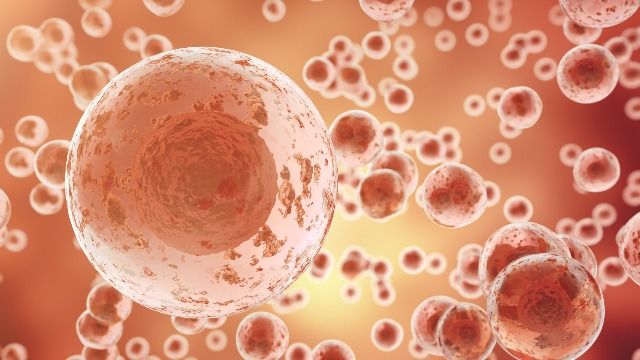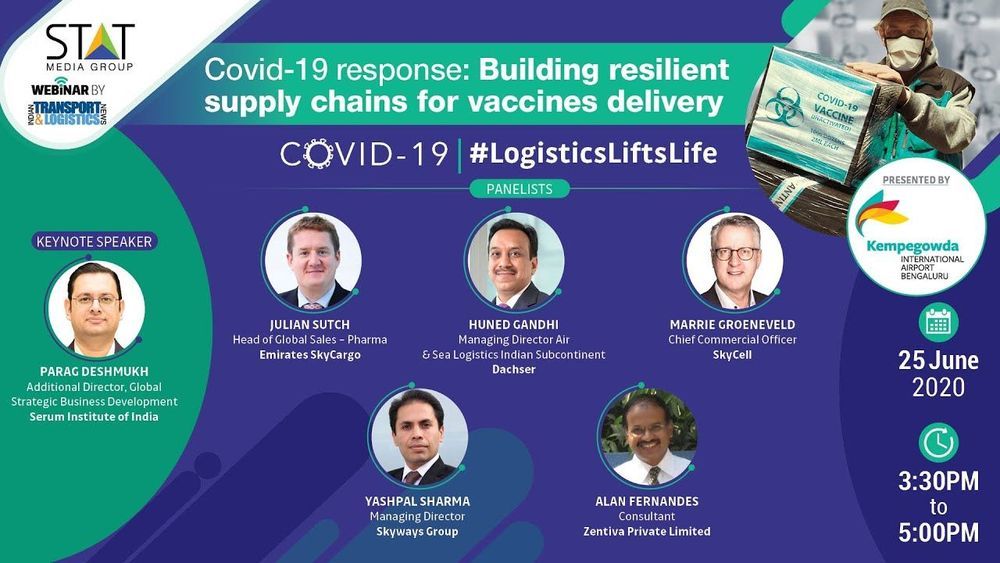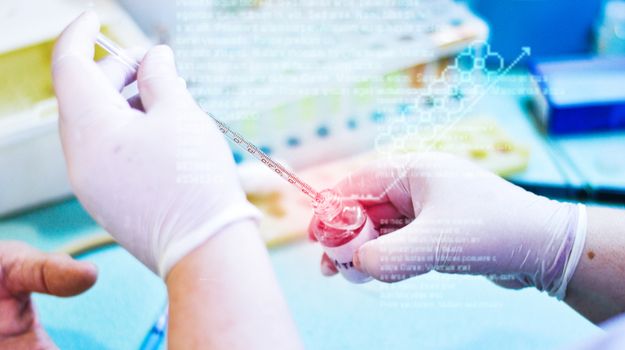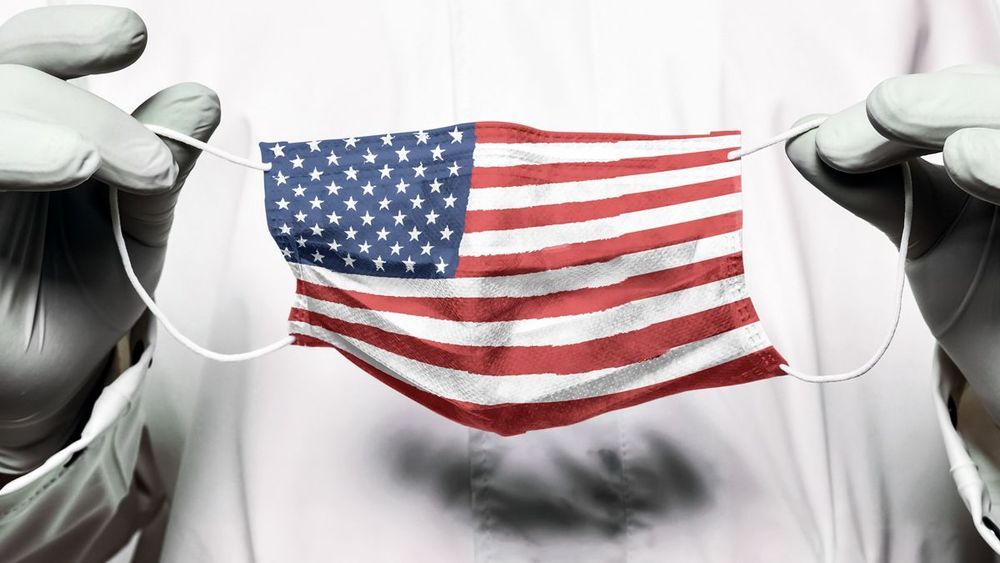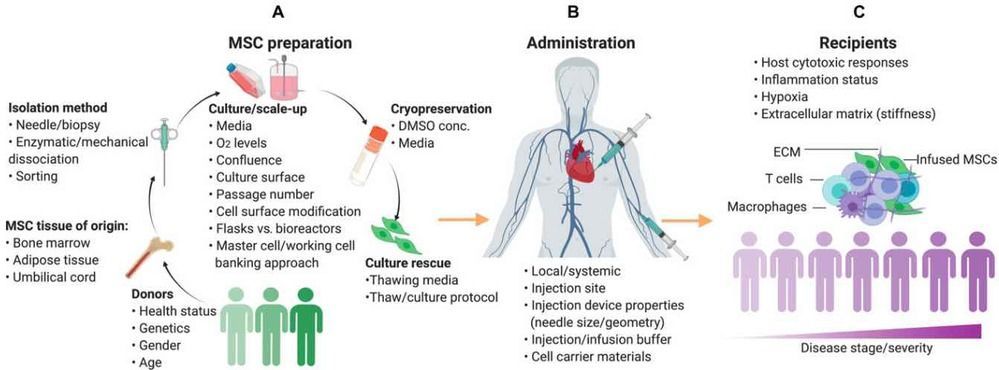Jul 27, 2020
“Self-Eating” Stem Cells May Hold the Key to New Regenerative Therapies
Posted by Shailesh Prasad in category: biotech/medical
The self-eating process in embryonic stem cells known as chaperone-mediated autophagy (CMA) and a related metabolite may serve as promising new therapeutic targets to repair or regenerate damaged cells and organs, Penn Medicine researchers show in a new study published online in Science.
Human bodies contain over 200 different types of specialized cells. All of them can be derived from embryonic stem (ES) cells, which relentlessly self-renew while retaining the ability to differentiate into any cell type in adult animals, a state known as pluripotency. Researchers have known that the cells’ metabolism plays a role in this process; however, it wasn’t clear exactly how the cells’ internal wiring works to keep that state and ultimately decide stem cell fate.
